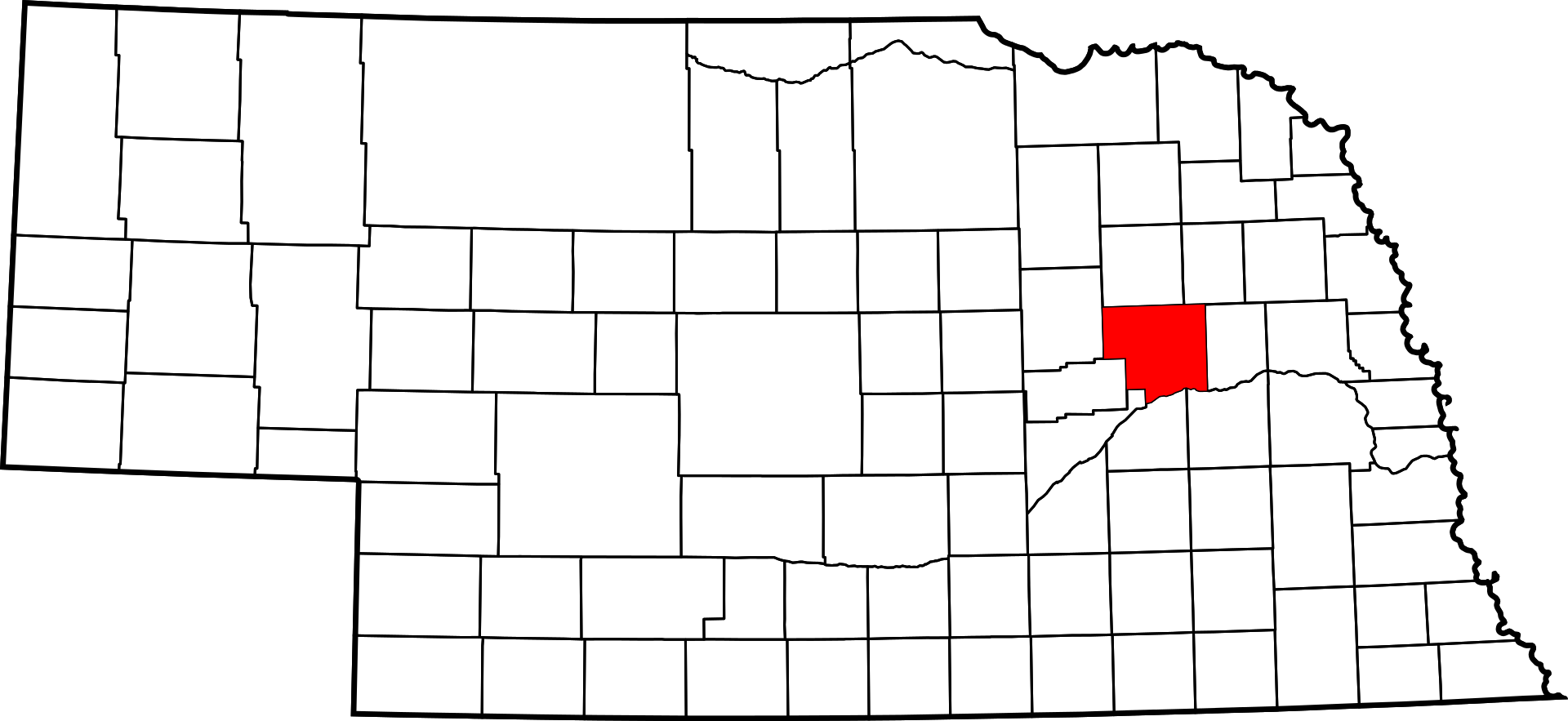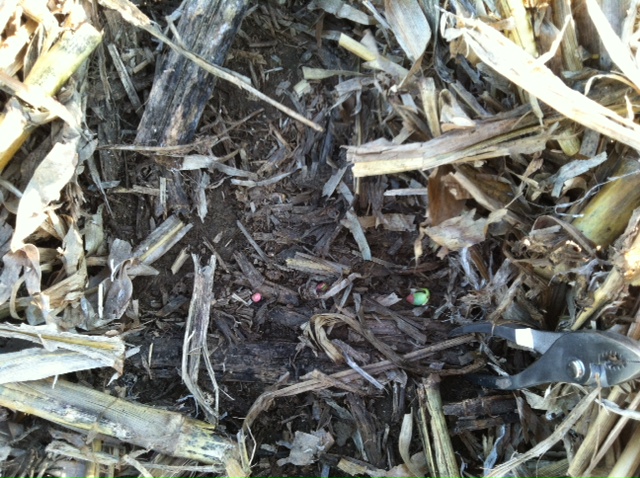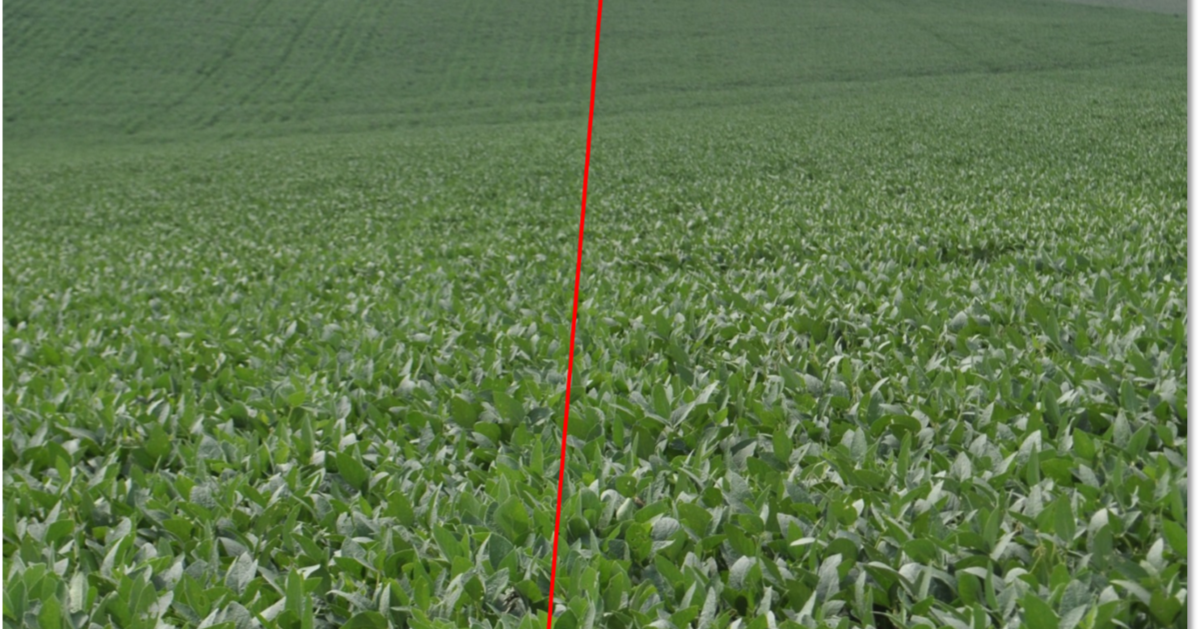On-Farm Research has moved
Money in My Pocket or Not?
Learn how management decisions made this year impacted the profitability of the farm. Simple, local, on-farm research allows producers to make informed and confident decisions by answering questions today that may come up again in future seasons. We know that when stands are thin, soybeans have the propensity to flex or increase yield components of pods per plant, seeds per pod, and seed size. On the other hand, thinner stands could face more weed competition and may not maximize the capture of early season solar radiation and yield potential in irrigated environments. Your gut instinct is to add more soybeans; utilize on-farm research to assess your decision. Here's how one producer did just that.
 This spring, a farmer in Platte County, Nebraska faced a difficult replant decision. To better understand the yield and profitability impact of this decision, he carried out a replant experiment with the help of the Nebraska On-Farm Research Network. His question: should I add more soybeans to my early season thin stand?
This spring, a farmer in Platte County, Nebraska faced a difficult replant decision. To better understand the yield and profitability impact of this decision, he carried out a replant experiment with the help of the Nebraska On-Farm Research Network. His question: should I add more soybeans to my early season thin stand?
The irrigated field was originally planted on May 10 at a population of 145,000 seeds/acre at a depth of 1.25 to 1.5 inches. The field was coming out of 6 years of continuous corn and was planted in a no-till environment. Cool soil temperatures combined with heavy residue contributed to poor seedling emergence (Figure 1). On June 11, the stand count was around 75,000 plants/acre with an estimated 5,000 to 10,000 seeds/acre having potential to emerge.

The field was originally planted diagonally in 15 inch row spacing. On June 11, 5 replications of field length strips were replanted in 30 inch row spacing at a diagonal to the existing rows. The replant seeding rate was 145,000 seeds/acre. By late August, the non-replanted areas had filled in and the stand appeared to be adequate (Figure 2). Soybeans were harvested on Oct. 15. The replanted strips statistically had significantly* higher moisture than the non-replanted strips – 10.9% compared to 10.6%. Stand counts taken at harvest also showed significantly higher populations for the replanted strips than for the original planted strips – 235,000 compared to 138,000 plants/acre. It is evident from the final stand counts for the non-replanted areas that final seedling emergence far exceeded what the producer had anticipated. However, despite the higher stand counts for the replanted areas, there was no statistically significant* yield difference. The replanted soybeans yielded 1 bu/acre lower than the non-replanted soybeans. The additional seed cost of $25/bag for the replanted treatment was clearly not recuperated in this case. Extrapolating the results of this study over a 160 acre field would result in over $4,000 of profit loss.

The results of this study highlight the importance of making careful, thoughtful decisions in regards to replanting. Because of the narrow window of time for making replant decisions, producers often do not think to test the result of their decision by designing a simple experiment such as this one. The unique conditions surrounding individual replant decisions mean results often vary widely and can be unpredictable. Having the ability to compare the yield of the original stand versus the replanted stand can provide invaluable information for future management decisions.
*Significant differences were evaluated at a 90% confidence level.
Laura Thompson, Extension Educator
Nathan Mueller, Extension Educator